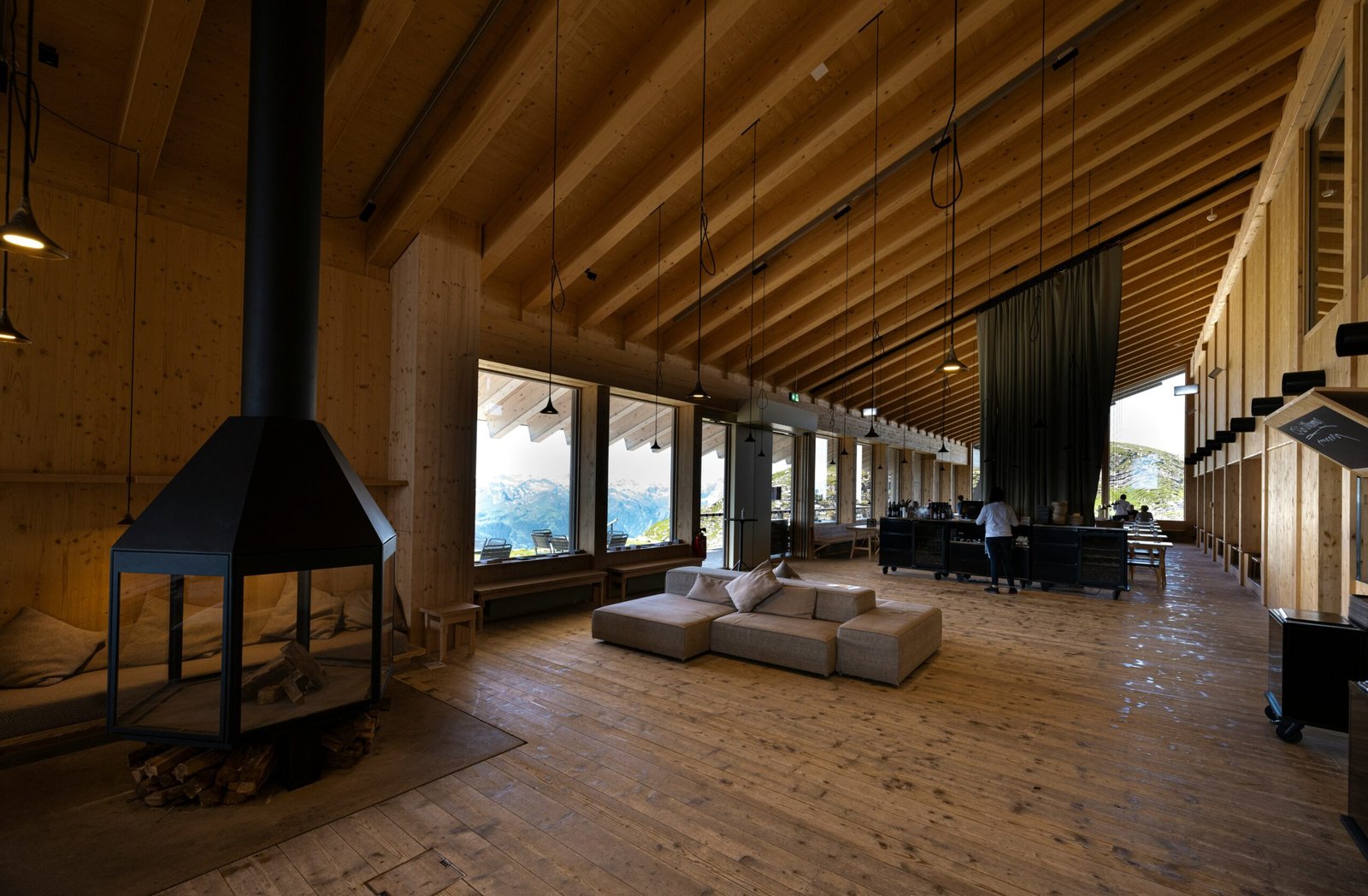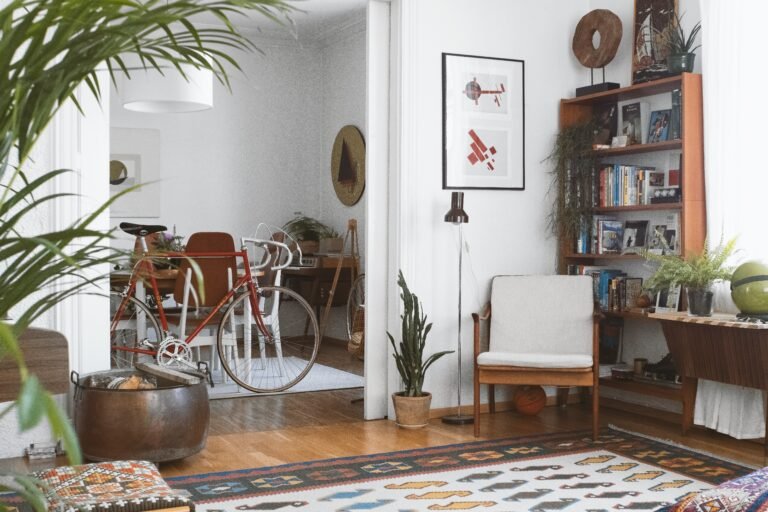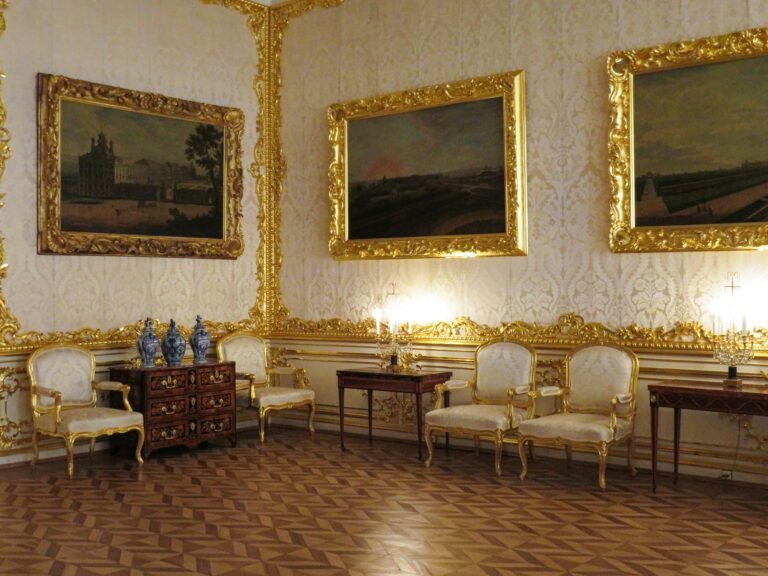Stop me if you’ve heard this one before…
You love clean, modern interiors — but part of you still swoons over a clawfoot tub or a vintage sideboard with character. You want a home that feels calm and contemporary, but not cold. Refined, but not rigid. Comfortable, but not careless.
And somewhere between the endless Pinterest scrolling and design advice rabbit holes, you’ve stumbled across a term that promises to bring it all together: modern traditional. But what does that actually mean — and how do you pull it off without turning your living room into a design identity crisis?
You’re not alone if you’re nodding along. That tension between old and new is exactly what makes this trend so appealing — and also what makes it a little tricky.
Here’s the good news: you don’t need a full renovation or a designer on speed dial. You just need to understand the balance point — the sweet spot where timeless pieces and modern sensibilities meet.
In this article, you’ll learn what the modern traditional trend actually is, how to bring it into your space without overthinking it, and how to strike that perfect harmony between comfort and structure — in a way that still feels like you.
What Is Modern Traditional Style?
Modern traditional is exactly what it sounds like — a blend of classic design elements with a fresh, modern twist. Think of it as the middle ground between your grandmother’s formal dining room and your favourite minimalist Pinterest board.
It pulls from traditional design — with its symmetry, timeless furniture shapes, and architectural details — but tones it down with cleaner lines, muted palettes, and a more laid-back feel. It’s not about ditching the past. It’s about reinterpreting it in a way that feels lived-in, not locked-in.
A few visual cues to help you picture it:
- A button-tufted armchair next to a sculptural floor lamp.
- Crown moulding paired with a streamlined sofa.
- A heavy antique wooden dresser styled with abstract artwork and a modern ceramic vase.
At its core, modern traditional style is about balance. You’re not leaning too hard into ornate details or too far into minimalism — you’re taking the best of both and letting them play off each other.
It feels curated, not chaotic. Thoughtful, not trendy. And most importantly, it’s flexible — which is why it’s becoming such a go-to for people who want personality in their home without sacrificing polish.
The Core Elements That Make It Work
To nail modern traditional style, you’ve got to get a few key elements right. Think of these as your style pillars — the things that hold the whole look together without making it feel overdone or underwhelming.
1. Shape: Classic Meets Clean
Start with timeless silhouettes. Wingback chairs, roll-arm sofas, and pedestal dining tables all bring that traditional charm. But instead of ornate carvings or bulky upholstery, look for sleeker versions. Clean lines and subtle curves are your friends here — they soften the room without making it feel old-fashioned.
2. Colour: Warm Neutrals with Depth
The modern traditional palette leans into warm neutrals — creamy whites, taupes, greiges, and soft earthy tones. These colours create a calm backdrop that feels fresh but still inviting. Want to add depth? Bring in navy, olive, or even black as accent tones to ground the space.
3. Texture: Mix the Matte with the Glossy
This style loves contrast. Pair smooth marble or polished wood with natural linen, woven baskets, or aged brass. These material juxtapositions give a room that layered, lived-in feeling — not too shiny, not too rustic.
4. Symmetry and Layout: Let Structure Lead
Traditional design is rooted in balance. Modern traditional keeps that structure but allows for a bit more flow. You’ll often see symmetrical setups (like matching sconces or a centred fireplace) paired with a few relaxed, organic touches — like an off-centre vase or an asymmetrical gallery wall. It’s about thoughtful imperfection.
5. Details: Curated, Not Cluttered
Instead of filling shelves with trinkets, focus on a few standout pieces — a vintage mirror, an antique lamp, or a stack of design books. Less is more, but what you do include should feel intentional.
These are the building blocks — and once you know how they work together, you can start to layer in your own personality.
How to Blend Comfort with Structure
This is where the magic happens — taking all those core elements and making them feel like home. Because let’s be real: a perfectly styled room isn’t worth much if it doesn’t feel good to live in.
Here’s how to strike that balance:
1. Start with One Anchor Piece
Pick one item with traditional bones — maybe it’s a curved sofa, a wooden dining table, or a vintage rug. This will ground your space and give it that sense of history. From there, layer in modern elements that contrast but don’t compete. Think: a contemporary light fixture, abstract art, or streamlined chairs.
2. Play with Contrast — Soft vs Structured
Soft throws on a structured sofa. A sleek glass coffee table beside a cosy overstuffed armchair. That tension between comfort and structure is what makes the space feel dynamic — and livable. If everything’s soft, it starts to sag. If everything’s structured, it feels cold. The sweet spot is mixing both.
3. Use Colour to Soften Form
If you’re working with a lot of classic furniture — maybe some antiques or ornate moulding — soften the look with modern, muted colours. A warm white or earthy green on the walls can instantly relax a more formal shape. Conversely, if your furniture is quite modern, richer traditional tones like navy or burgundy can bring a sense of timelessness.
4. Mix Old and New Materials
A marble-topped side table with a linen skirt. A velvet bench under a crisp modern console. These combos invite both visual and tactile comfort. You want things to feel touchable — not just look nice from a distance.
5. Create Moments, Not Museums
Give each room a “moment” — a styled vignette or focal point — but don’t try to make everything a feature. Let your spaces breathe. A simple entryway with a traditional mirror and a sleek bench can be more powerful than a gallery wall trying too hard.
Blending comfort with structure is all about editing — knowing when to lean into tradition and when to pull back. If something feels too formal, ask: “How can I make this more relaxed?” And if it feels too casual: “What can I add to give it presence?”
When you approach it like that, you can’t really get it wrong.
Common Mistakes to Avoid
Modern traditional might be flexible, but there are a few pitfalls that can throw off the whole balance. Here’s what to watch out for:
1. Going Too Heavy on One Side
If everything in your room is antique, it can feel dated. If it’s all modern, it might feel cold or bland. The goal is contrast, not competition — you need both styles to create that layered, lived-in look.
Fix it: If your space is feeling too one-note, swap in a few pieces from the opposite end of the spectrum. A clean-lined lamp on an antique nightstand. A traditional rug under a modern dining table.
2. Getting Stuck in Neutrals
Warm neutrals are a key part of the palette — but don’t let the room turn beige. Without variation in tone, texture, and contrast, everything just blends in.
Fix it: Bring in depth with contrasting colours, darker wood tones, or black accents. Even just one moody wall, velvet cushion, or brass fixture can sharpen the space.
3. Overstyling Every Corner
When people get excited about this trend, they tend to over-decorate — layering every surface with books, candles, vases, trays. It ends up looking cluttered, not curated.
Fix it: Edit. Step back and ask: “What can I take away?” Let certain areas shine, and give others space to breathe.
4. Ignoring the Architecture
Modern traditional isn’t just about furniture — it’s also about honouring (or adding) architectural details. Plain white box of a room? It might fall flat without some interest.
Fix it: Add crown moulding, a picture rail, or even just paint the trim in a contrasting colour. These subtle details can instantly elevate the room’s structure.
5. Forcing the Look All at Once
You don’t have to transform your whole house overnight. The most authentic modern traditional spaces evolve over time — they feel collected, not copied.
Fix it: Start with what you have. Build from there. One or two good changes can shift the entire vibe of a room.
Avoiding these common missteps can help you stay true to the style — without losing the comfort or personality that makes it yours.
Easy Ways to Start
You don’t need to gut your home or spend a fortune to bring modern traditional style into your space. Sometimes, small changes are all it takes to shift the mood and feel more intentional. Here are a few easy entry points:
1. Start with One Room
Pick one space to focus on — maybe your living room or bedroom. It’s easier to find your rhythm when you’re not trying to apply the style everywhere at once. Think of it as a testing ground.
2. Swap Out Your Lighting
Lighting does a lot of heavy lifting in setting the tone. Replace builder-grade fixtures with something that has a bit more character — like a classic chandelier with clean lines, or a brass table lamp with a modern shade. It’s a quick way to add warmth and structure.
3. Restyle What You Already Own
You don’t need to toss your furniture. A traditional dresser can feel modern when paired with sleek hardware or a simple round mirror above it. Even rearranging your layout to feel more symmetrical can make a big difference.
4. Add Texture Through Soft Furnishings
Cushions, throws, curtains, and rugs — these can shift a room’s entire energy. Opt for natural fabrics like linen, wool, or velvet in muted tones. Layering these textures adds depth without feeling heavy.
5. Incorporate One Vintage or Antique Piece
You don’t need a whole antique collection — just one standout piece can do the job. A vintage side table, a classic armchair, even a traditional-style frame with modern art inside. It’s about the mix.
6. Paint or Update Trimwork
If you’re open to small DIYs, updating your wall trim or painting your baseboards in a contrasting shade (like a soft beige or charcoal) can add a quiet elegance. Even just switching to a warm, creamy wall colour can make traditional shapes feel more modern.
The key here is layering slowly and thoughtfully. Start with what feels good, add a few complementary pieces, and let the style take shape over time.
Final Thought
Modern traditional isn’t about following rules — it’s about creating rhythm. A space that feels rooted, but not rigid. Fresh, but not fleeting. And most importantly, it’s about building a home that reflects you — your story, your taste, your way of living.
So if you’re feeling pulled between styles, good. That tension is exactly where the magic happens. Start small, trust your instincts, and don’t be afraid to blend what you love — because the most beautiful homes aren’t the ones that follow trends. They’re the ones that feel just right, even if you can’t quite explain why.
Alex is the creator of Homely Haven, a space dedicated to simple, stylish ideas for interiors and gardens alike. With a passion for cozy living rooms, inviting outdoor spaces, and practical DIY solutions, Alex shares tips and guides that help turn any house into a true home.
From budget-friendly decorating hacks to weekend garden projects, the goal is always the same: to inspire you to create spaces that feel personal, beautiful, and welcoming. When not writing, Alex is usually rearranging furniture, sketching new garden layouts, or exploring design trends for the next project.








